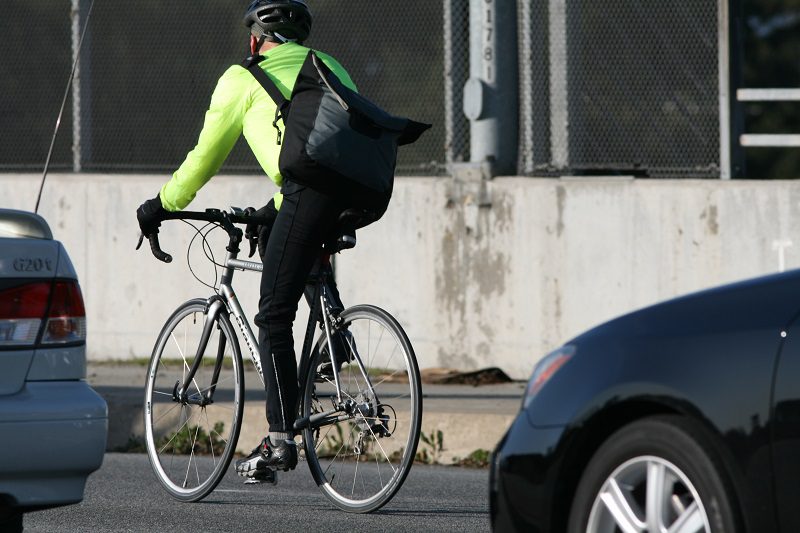Commuter workouts: Get stronger on your commute
With busy life and work schedules, restricted training and riding time is a fact of life for most triathletes. If we are lucky, we can fit in a long ride or group ride on the weekends. But for the workweek, what are some options?

One would be getting up very early for a ride before getting changed and hitting the commute for work. If you live in the city, you’ll find less traffic at this time, but, for much of the year, these rides will be in the dark. Another possibility is the trainer. While it is great for focused workouts, here in Canada we see enough of that machine during the long winters, so the fun factor becomes less than zero. Besides its spring now. The birds are chirping, and the weather is turning for the better.

The best option may be to use your commute both for training and getting to work, especially if it is otherwise wasted time stuck in traffic listening to mindless radio or falling to sleep on the train.
Your type of commute might dictate what you can get in training wise. If you live a fair distance from work, the ride can be a way to add substantial volume. In 2018, I commuted 40K to and from work, five days a week. So, I did lots of volume and added intensity by going hard on Strava segments or hills.
Related: Why you should commute to work
If you live close to work, try to extend your ride. A 30-minute, one-way commute is probably the minimum for getting in any practical training.
Commuting Workouts
Stomps: If you live in an urban area, it is crazy and dangerous to sprint through traffic lights or stop signs. Instead, mix in five to six efforts by leaving an intersection from a low speed or complete stop in a big gear. Stay seated and stomp hard for 10 to 20 pedal strokes. Work on tightening your core and keeping your body stable while driving with your legs. Stomps are great for building strength on the bike. Keep your head up and eyes open.
High-intensity intervals: If you live in a hilly area, use the hills as interval sites. Rather than getting hung up on perfectly timed intervals and recovery, go as hard as possible up the hills and spin very easily elsewhere. Scientific research initiated in the mid-2000s at McMaster University demonstrates that such a low volume, maximal-intensity style of training can improve fitness as effectively as a high volume of endurance rides.
Sprinting: If you live in a rural area with minimal traffic or traffic lights, you can do specific sprint training. Do five to six sprints of 100–150 m from a slow speed in the small chainring and about the middle of the cassette, shifting up two cogs over the sprint. The aim is to work on building explosive leg speed rather than pure force. Stand up during the whole sprint and keep good sprinting form. This means throwing the bike side to side in a strong but coordinated manner. When commuting, focus on getting the maximum quality from minimal time, and get your endurance fix on other rides. But above all, keep your head up, eyes open and never sacrifice safety in traffic.
Strava segments: Strava is a great tool to find new routes to work. By using this app, you can find new or old segments to test your fitness and see how you compare to those in your community. You may even be able to pick up a few KOMs on your way to work. It’s oddly satisfying arriving at work, checking your phone and seeing a KOM pop up on your ride file.
So, if you’re crunched for time, you benefit from turning your commute to a training session.
A variation of this story is on Canadian Cycling Magazine.

